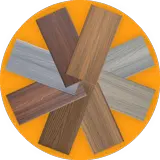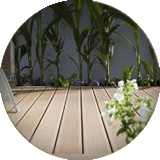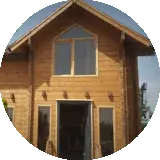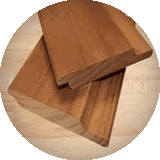In this research, two types of waste polymers with clay nanoparticles were used in the construction of composites / plastic wood.
The effect of two waste polymers (polypropylene and high density polyethylene) and three levels of .bagasse fibers
(35, 35 and 45%) were considered as variable factors. The amount of nanoclay and compatible particles at the level of 2% by weight were considered as constant factors.
manufacture of wood-plastic composites
Tensile, flexural and impact strength properties were measured in accordance with ASTM standard regulations.
Also for better interpretation of the results, SEM scanning electron imaging and TEM transmission electron imaging and XRD diffraction were performed.
Statistical analysis was performed using two-factor factorial test in the form of completely randomized
blocks and the comparison of means was evaluated using Duncan DMRT multi-skirt test.
The results showed that the use of 35% bagasse fibers increased the strength and tensile modulus, strength and flexural modulus compared to the use of 25% and 45% bagasse fibers.
Also, using 25% bagasse fibers, the impact resistance of composite had a significant increase compared to 35% and 45% bagasse fibers. Then, The results showed that the use of high density rHDPE waste polyethylene increased tensile strength. flexural modulus and impact resistance compared to rPP polypropylene waste.
Finally, Examination of the type of phases and the identification of plastic wood nanoparticles using X-ray diffraction spectroscopy and electron microscopy showed that the formation of intercalation structures can be detected.









